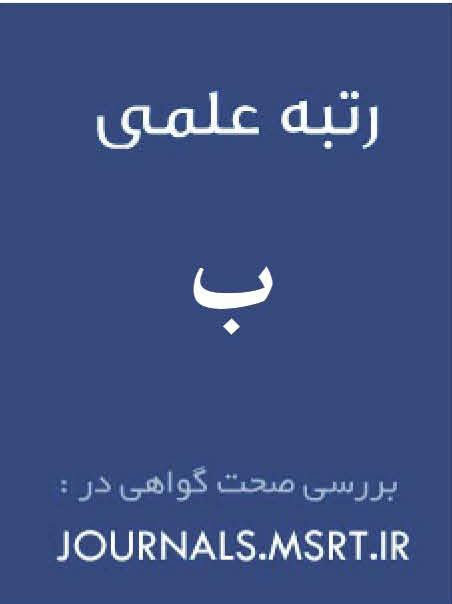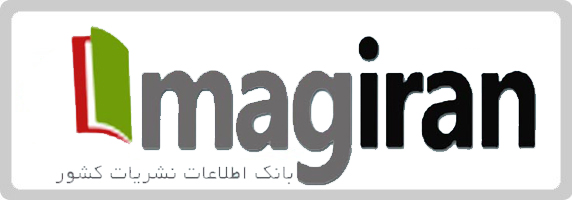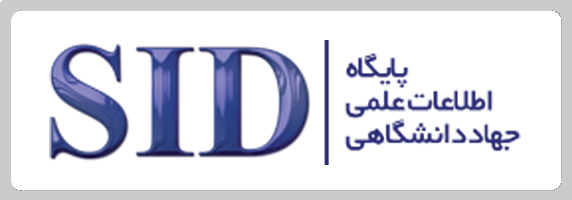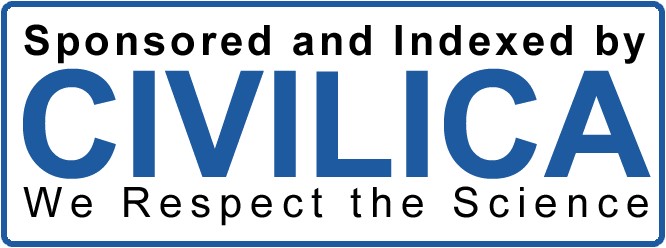Collective Unconscious Analysis in the Artworks of Painters with Mental Disorders Based on Jungian Theories
Keywords:
Mental disorders, archetypal symbols, collective unconscious, Jung, psychological analysis, art, paintingAbstract
Objective: This study aimed to examine the relationship between Jungian archetypal symbols and mental disorders in the artworks of painters with psychiatric conditions.
Methods and Materials: This field-based study employed purposive sampling to select 30 to 50 painters diagnosed with disorders such as depression, anxiety, schizophrenia, and personality disorders. Data were collected using standardized psychological questionnaires (BDI, HAM-A, SAPS/SANS), content analysis of paintings via a Jungian archetype checklist, structured clinical interviews, and review of psychiatric records. Pearson correlation and linear regression analyses were used for statistical examination.
Findings: The results revealed a significant positive relationship between the type and severity of mental disorders and the frequency of archetypal symbols in the artworks. Type of disorder emerged as the strongest predictor of psychological interpretability (R² = 0.768), while Jungian symbols and collective unconscious concepts also significantly explained variance. All regression coefficients were statistically significant, with p-values less than 0.01.
Conclusion: The findings support the relevance of Jung’s collective unconscious theory as a conceptual framework for interpreting the symbolic content of artworks created by individuals with mental illness. The pervasive presence of archetypal imagery in their paintings underscores the unconscious mind’s crucial role in both creative expression and psychological communication.
Downloads
References
Abbasi, S., & Karimi, L. (2022). A Comparative Study of Archetypes in Van Gogh's Paintings of Depression. Journal of Research in Art, 9(1), 79-93. https://ph.aui.ac.ir/browse.php?a_id=660&sid=1&slc_lang=fa
Andreasen, N. C. (1987). Creativity and Mental Illness: Prevalence Rates in Writers and Their First-Degree Relatives. American Journal of PsychiatryER -. https://europepmc.org/article/med/3499088
Charon, R. (2006). Narrative Medicine: Honoring the Stories of Illness. Oxford University Press. https://doi.org/10.1093/oso/9780195166750.001.0001
Dubuffet, J. (1949). L'Art Brut préféré aux arts culturels. Gallimard. https://link.springer.com/content/pdf/10.1007/978-3-476-05728-0_10986-1.pdf
Edwards, D. (2004). Art Therapy. SAGE Publications. https://books.google.com/books?
Freud, S. (1910). The Origin and Development of Psychoanalysis. American Journal of Psychology. https://doi.org/10.2307/1413001
Hillman, J. (1983). Archetypal Psychology: A Brief Account. Spring Publications. https://books.google.com/books?
Jahanbakhsh, N. (2024). The Unconscious and Art: Jung's Theory and Symbolic Analysis. Analytical Psychology Research, 2(1), 25-40. https://www.academia.edu/download/38501739/Sutton_Asta_ActaE_155pdfA.pdf
Jamison, K. R. (1993). Touched with Fire: Manic-Depressive Illness and the Artistic Temperament. Free Press. https://books.google.com/books?
Jousha, K. N., & Rainbow, T. H. (2017). Effects of clay art therapy on adults outpatients with major depressive disorder: A randomized controlled trial. Journal of Art and Health, 3(1), 42-55. https://doi.org/10.1016/j.jad.2017.04.013
Jung, C. G. (1969). The Archetypes and the Collective Unconscious. Princeton University Press. https://www.taylorfrancis.com/bo
Jung, C. G. (2007). Psychology and Religion. Translated by Mostafa Malekian. Tehran: Tarh-e No Publishing. Tehran: Tarh-e No Publishing. https://www.annualreviews.org/content/journals/10.1146/annurev.psych.54.101601.145024
Khosravi, M., & Amini, R. (2023). Creativity and Mental Disorders: A Jungian Perspective. Journal of Analytical Psychology, 68(4), 345-362. https://books.google.com/books?
Maleki, S., Ahmadi, P., & Rahimi, N. (2019). Symbolic Content Analysis of Paintings by Individuals with Schizophrenia. Journal of Art Psychology Research, 5(2), 15-36. https://salmandj.uswr.ac.ir/browse.php?a_id=1421&sid=1&slc_lang=fa&html=1
McNiff, S. (1992). Art as Medicine: Creating a Therapy of the Imagination. Shambhala. https://books.google.com/books?
Mousavi, H. (2023). Psychoanalytic Analysis of Artworks in Light of Jung's Theory. Journal of Art and Psychology, 5(2), 117-132. https://www.sciencedirect.com/science/article/pii/S0197455625000711
Nasiri, A., & Jalali, H. (2022). Art Therapy and Jungian Analysis in Treating Psychotic Episodes. Psychology of Art, 11(2), 201-215. https://books.google.com/books?
Neumann, E. (1954). The Origins and History of Consciousness. Princeton University Press. https://www.ingentaconnect.com/content/imp/jcs/1997/00000004/F0020005/809
Prinzhorn, H. (1922). Artistry of the Mentally. Springer. https://www.jstor.org/stable/429056
Prinzhorn, H. (1972). Artistry of the Mentally Ill. Springer-Verlag. https://doi.org/10.1007/978-3-662-00916-1
Rahimi, F., & Ahmadi, N. (2022). Psychology of Art and Creativity. Journal of Art Psychology, 2(3), 55-72. https://www.tandfonline.com/doi/abs/10.1207/s15326934crj1101_1
Singer, J. (1994). Boundaries of the Soul: The Practice of Jung's sychology. Anchor Books. https://psychiatryonline.org/doi/pdf/10.1176/appi.psychotherapy.1973.27.1.122
Stevens, A. P. (2016). An Introduction to Jungian Psychology. Markaz Publishing. https://press.princeton.edu/books
Downloads
Published
Submitted
Revised
Accepted
Issue
Section
License
Copyright (c) 2025 راحله هنری

This work is licensed under a Creative Commons Attribution-NonCommercial 4.0 International License.





